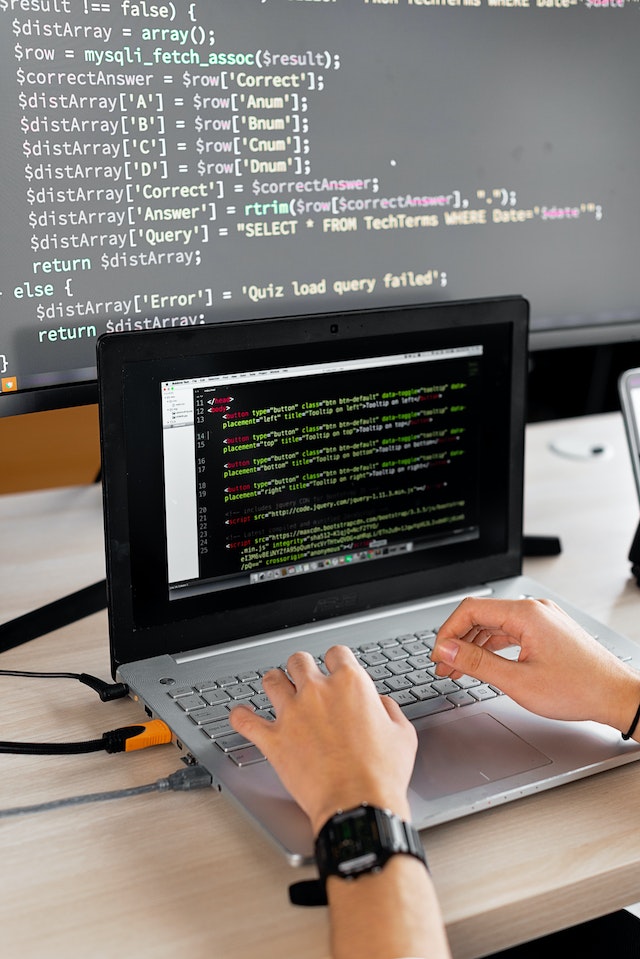The first thing a company should do to ensure the security of its system is to install some cyber security monitoring. Cybersecurity monitoring is and will continue to be, a vital component of the industry since it is the sole method for preventing the vast majority of cyberattacks.
If a malicious packet is discovered to have penetrated an organization’s network, the resulting damage to the company’s credibility and finances might be catastrophic. The lesson here is that prevention is preferable to treatment. A company must take wise and efficient measures to manage the traffic on its networks. Here are the tools that will enable you to keep your data safe:
- SIEM Software and Tools
A Security Information and Event Management system is a must-have when it comes to keeping tabs on a company’s cyber defenses. Regarding software and services, the area of Security Incident and Event Management combines the concepts of security information management and security event management. Security information and event management collect and centralize log data for analysis and evaluation. The IT staff will be able to review the logs, make any corrections, or even be ahead of the curve on potential future cyber risks using this information.
- Skilled Professionals
All the equipment we’ve spoken about will function as intended, but that’s not enough. Having someone with specialized knowledge on the team is crucial. It’ll be much simpler for someone with a firm grasp of the infrastructure since that individual will know exactly where to search and what to look for. In contrast, a well-versed expert has the money to swiftly recognize the problem and implement a solution. The speed with which a system responds to a cyberattack is something else the expert will have mastered.
- Employee Training
In the same way, an expert is essential to the safety of a business, and so too are trained personnel. The best way to prevent a deliberate and sudden assault on your business is to ensure your employees know what to do if they ever come under attack. A knowledgeable worker will be able to recognize the signs of certain types of cyberattacks and take the necessary protective measures. They’ll also appreciate cybersecurity’s worth to the company as a whole.
- Managed Services
The most significant component is managed services since an attacker may exploit services that are not necessary. The establishment of robust procedures and metrics will contribute to enhanced security. Organizations may lower their risk profiles by using or enabling just the needed services. In addition, some services may aid a company in managing or monitoring the active services inside its network and system. A company’s image and bottom line might suffer a major hit if employees make even a little mistake in handling the services.
Tools for Security Monitoring
When an IT crew isn’t accessible round-the-clock, automated monitoring solutions maintain tabs on things and issue an alarm if they detect something out of the ordinary, such as a potential security risk. Some instruments may even be set to operate automatically if a given condition has been satisfied. The following are just a few of the numerous tools available for use in keeping an eye on things in the world of security:
- ARGUS (Audit Record Generation and Utilization System)
To generate and use audit records, we use a system called ARGUS. It is a top-tier open-source option for keeping tabs on your network. The network traffic may be analyzed with its help. It’s one of the best resources out there. The traffic data is analyzed thoroughly.
- Nagios
Nagios is a tool used for keeping an eye on servers, networks, and systems, to send alerts whenever anything out of the ordinary happens. Users may customize their alert preferences for every scenario. It keeps an eye on the likes of the Hyper Text Transfer Protocol (HTTP), the Simple Mail Transfer Protocol (SMTP), ICMP (Internet Control Message Protocol), and many more.
- P0F
Since it didn’t increase traffic, it’s more streamlined and effective. It can determine the kind of operating system installed on the hosts it communicates with. There are many other tools for similar tasks, but they tend to generate extra noise in the form of name lookups, random searches, probes, etc. P0f is ideal for these tasks since it is lightweight and quick but might be difficult to master for a beginner.
- Splunk
Splunk can do real-time analysis and searches on past data, making it a versatile tool. The layout is simple, making it easy for everyone to use. You’ll have to shell out some cash for the Splunk app. There is also a free version, but one with fewer features. Appreciate every cent you spent on this. Professionals in the cybersecurity industry often suggest this software to clients with a reasonable budget. Large corporations often purchase premium plans. It’s a great app.
- OSSEC
OSSEC is an acronym for “Open Source HIDS Security.” Host intrusion detection system, or HIDS for short. OSSEC is a host-based intrusion detection system that is both free and open-source. It keeps a constant eye on most initiating devices seeking to connect. It can analyze logs, check for rootkits, set up time-based alerts, and more. Users actively participate in the improvement process by providing feedback and suggesting changes. It supports Windows, Linux, macOS, BSD, VMWare ESX, and more systems.



